Photo



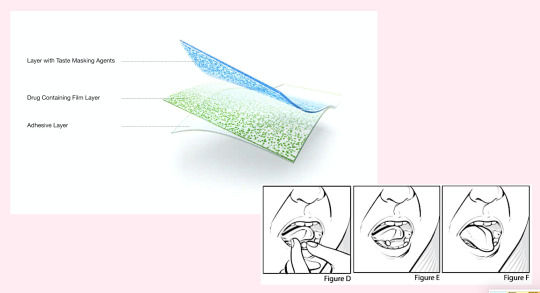
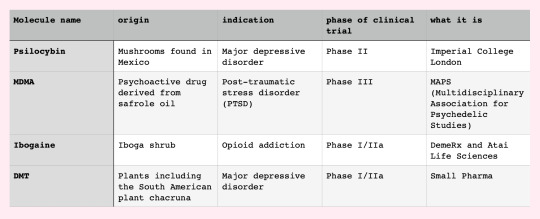
SPECIALISM: Neurology, Neuroscience, Psychology and Psychiatry
TITLE: Psychedelics Being Adapted for Mental Health Care
DATE: Thursday 24th June 2021
New treatments for patients with depression or addiction are now underway at being developed from psychedelic drugs. Second generation psychedelics, mind you. These drugs are being developed to create a multitude of new, highly promising therapies for people suffering from depression or addiction - but to halt the concept of where these drugs may continue to show promise is foolish: it could be the answer to many more cognitive disorders and psychiatric issues.
Whilst still undergoing trials, specialists truly now believe that these medications can be an alternative to long standing anti depressives, which over long term use come with their own side effects neurologically, and have also proven to dwindle is efficacy as the body builds an ‘immunity’ and resistance to said drug. Much like having a tablespoon of honey consecutively one after the other: the first spoon on a starved stomach is so sweet your senses practically explode… but spoon after spoon, it won’t taste sweet anymore as the palate becomes used to it.
With COVID having exacerbated not only the prevalence of mental illness, but also the strain on the already crippled and - quite frankly - abysmal mental care system provided by the NHS (and dare I say private facilities also), it’s critical that we start to think outside of the box and with rapidity as to how we can handle the indefinite surge and slow tsunami wave of both short and long term mental health disorders underway.
The opportunity to psychedelics
Studies suggest that one in three COVID-19 survivors, that meaning have had the virus and recovered, may suffer depression, anxiety - or both. Whilst already around 50% of 18-24 year olds already experience depression based on an averaged, globally recorded scale.
Now, in existence (and unbeknown to many’s knowledge) is a company called Cybin, who is pioneering the way with the entire concept of psychedelic therapeutics, is a leading biotechnology company focused on progressing psychedelic therapeutics by utilising proprietary drug discovery platforms, innovative drug delivery systems, novel formulation approaches and treatment regimens for psychiatric disorders. To devise these drugs, thankfully, the four main molecules being utilised have actually been around for several decades, thus the brains behind the chemistry are more than familiar with their safety profiles, biochemical natures and the ways in which they metabolise within the body.
Proof thus far
Major institutions, from the likes of Imperial College London to Caltech, are all clamouring now to get a piece of the psychedelia. Already, a study in America which involved 24 patients with a depressive disorder were given two doses of psychedelics. From this trial, the results determined that 71% of participants experienced a clinically significant reduction in depressive symptoms, and 54% in complete remission of diagnosed, clinical depression after just four weeks of taking the psychedelics.
Potential usages
This innovative and diverse drug technique could be applied, and not limited, to the following conditions:
Depressive disorders
Addiction disorders (i.e. drug and alcohol addiction)
PTSD and other forms of trauma
Psychosis / Schizophrenic based disorders
Bipolar / Mood disorders
Anorexia / BED / Bulimia / Orthorexia
OCD and Paranoia
And more
New drug delivery technologies
Research is taking place in Canada and the UK, where Cybin will conduct first in man trials later for alcohol use disorder. Further research is being done presently on the time is takes for the drug to act within these specific types of patients. By already knowing and understanding the characteristics and receptor binding abilities of these molecules, they are able to optimise the duration of action of said biomolecules and from this, underlying assisted therapies can be created more to a more scalable degree - ultimately making them commercially viable.
What are the new drug delivery technologies?
Sublingual film technology (dissolving against the interior of the cheek or under the tongue)
Disintegrating tablets
Inhalation
These manners of drug delivery form networks in the brain, making it more receptive to creating memories, which helps with dealing with the likes of trauma, addiction and PTSD.
The importance of public re-education
As psychedelic drugs also have an illegal recreational connotation, it is important to remain aware that public re-education and the public health ministry must take important and necessary steps to re-educate the general public, as well as those working with the medical community. Education programmes, workshops, possibly protocols such as exams to ensure comprehension of the administration and topic are more than doable to implement into society. After all, we can never forget and perhaps hold blame upon the “swinging 60s” and the rise of hippy counterculture which is what saw and sparked these substances to seep onto the streets and became popular drugs for recreational use in the first place. This has led to them becoming a long term stigmatised, politicised, and ultimately illegalised category of drug. As we finally begin engaging in promising research for their clinical uses, education and the voices of leaders ensuring safety and proper conduct is paramount.
The actual molecules in question
There are four molecules currently known and being worked upon in-industry with psychedelic properties. Below is a concise table to explain the four molecules in question, though a further, more in depth document of each specific molecule will be produced as a follow up to this essay:
Psilocybin
3,4-methylenedioxymethamphetamine (MDMA)
Ibogaine
N,N-dimethyltryptamine (DMT)
The future
While these trials and others are a beacon of hope for the psychedelic therapy field and for patients in the grips of treatment-resistant depression and other disorders, there is a long way to go before such substances become market-ready.
Larger trials in far more diverse patient populations are needed and more need to be conducted head-to-head with existing and widely used treatments for mental illness. For this, psychedelic research will require more investment and funding from public institutions and private investors, as well as clear regulatory pathways.
Regulator involvement will also be critical to increasing acceptance of psychedelic medicines as mainstream therapies and diminishing their reputation as “party drugs”. Now that the FDA has granted breakthrough therapy designation to treatments derived from both MDMA and psilocybin, the medicinal psychedelic field might just be poised to hit the pharma mainstream in the coming years
1 note
·
View note
Text
As an orphan disease interstitial cystitis/bladder pain syndrome (IC/BPS) is a frequently underdiagnosed and inadequately treated disease of the urinary bladder, often after years of symptoms. Caused by an unknown etiology, a high variability of symptoms, a lack of biomarkers and a gradual onset, IC/BPS is a diagnosis by exclusion and poses a special challenge to doctors and patients. In addition to conventional and complementary medical treatment, oral medication, intravesical and transurethral procedures are available as treatment options. Due to the invasiveness or irreversibility, however, interventional surgical procedures should only be used after careful consideration or as a last resort. In order to find a suitable individualized treatment, a classification of the patients according to the severity and type of symptoms can be advantageous.
As mentioned: The precise etiology of BPS is not fully understood. Chronic bacterial infection, defective glycosaminoglycan (GAG) layer of the bladder urothelium, inappropriate activation of mast cells in the suburothelial layer of the bladder, autoimmune-mediated mechanisms and autonomic nervous system dysfunction have all been implicated. Treatments targeted at each of these mechanisms have been developed with mixed outcomes. High-quality research into the treatment options is lacking and it is difficult to draw definite conclusions. The treatment approach is multimodal and should be patient specific, targeting the symptoms which they find most bothersome... but we are at a time in medicine where presently, the treatments at hand are simple not enough.
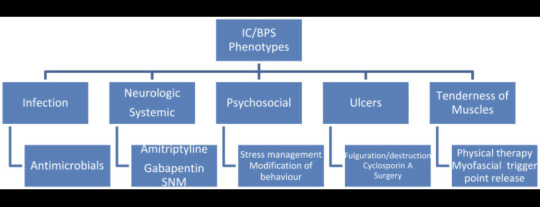
Conservative treatment, including patient education, behavioural modification, dietary advice, stress relief and physical therapy is an essential initial management strategy for all patients. If no response is observed, oral treatments such as amitriptyline are likely to offer the greatest response.
Cystoscopy is essential to phenotype patients, and Hunner lesion directed therapy with fulguration or resection can be performed at the same time. Intravesical instillation of DMSO or lidocaine, detrusor injections of botulinum toxin A and neuromodulation can be used if initial management fails to improve symptoms.
Oral cyclosporin can be trialled in those experienced with its use; however, it is associated with significant adverse events and requires intense monitoring. Lastly, radical surgery should be reserved for those with severe, unremitting BPS, in which quality of life is severely affected and not improved by previously mentioned interventions. Future work investigating exact aetiological factors will help target the development of efficacious treatment options, and several promising oral and intravesical treatments are emerging.
2 notes
·
View notes
Photo

The Hallmarks of Cancer The Next Gen
by Darcy Bucci Keverian
instagram.com/buccichola
0 notes
Photo

Serum Tumour Markers
by Darcy Bucci Keverian
instagram.com/buccichola
0 notes
Photo

Effects of Cytotoxic Chemotherapy
by Darcy Bucci Keverian
instagram.com/buccichola
0 notes
Photo

RECIST Criteria for Assessing Response to Treatment
by Darcy Bucci Keverian
instagram.com/buccichola
0 notes
Photo



ECOG
by Darcy Bucci Keverian
instagram.com/buccichola
0 notes
Photo

Lifestyle Hacks to Prevent Cancer
by Darcy Bucci Keverian
instagram.com/buccichola
0 notes
Photo
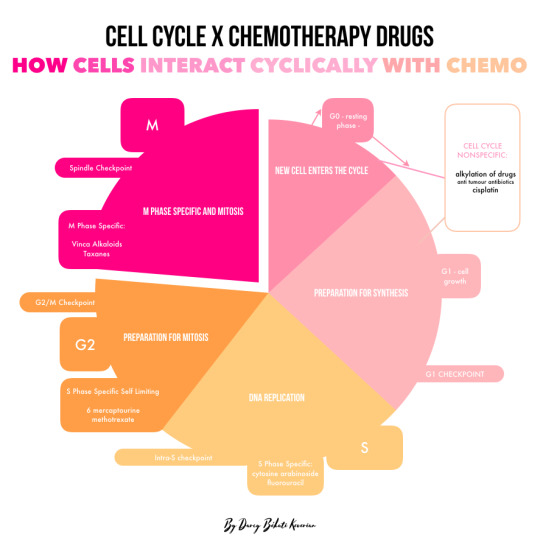

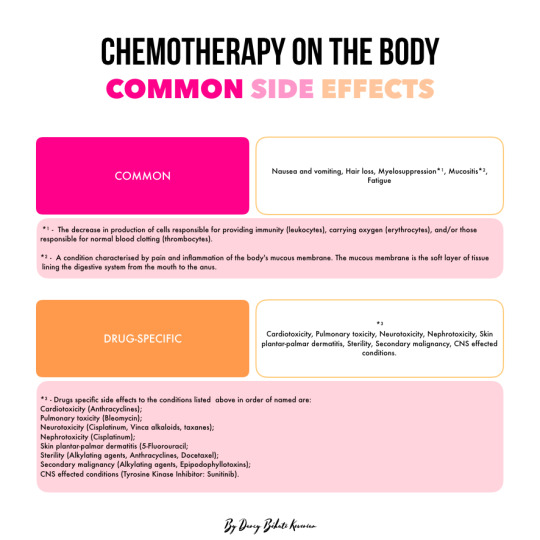
Chemotherapy Overview
by Darcy Bucci Keverian
instagram.com/buccichola
0 notes
Photo
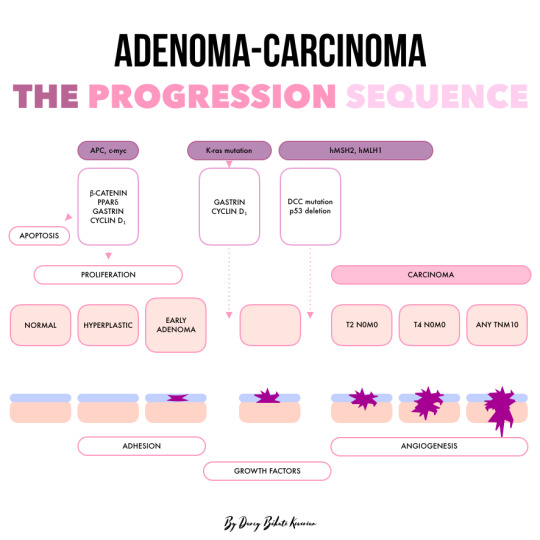
Adenoma Carcinoma The Progression Sequence
by Darcy Bucci Keverian
instagram.com/buccichola
0 notes
Photo
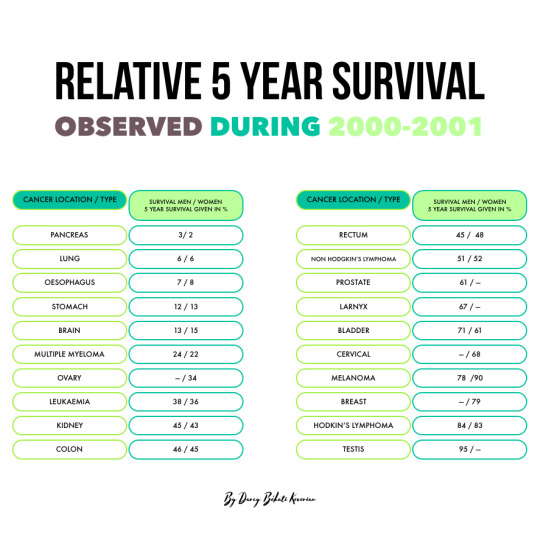
by Darcy Bucci Keverian
instagram.com/buccichola
0 notes
Photo

Categories of Cancer Drugs by Cancer Drug Classification Scale
by Darcy Bucci Keverian
instagram.com/buccichola
0 notes
Photo

SPECIALISM: Urology and Bioengineering / Stem Cells
TITLE: Stem cells being utilised for building mini kidneys
DATE: Wednesday 23rd June 2021
Researchers have created what could be a key building block for assembling a synthetic kidney. They describe how they generate rudimentary kidney structures, known as organoids, that resemble the collecting duct system that helps maintain the body's fluid and pH balance by concentrating and transporting urine. The organoids provide a way to study kidney disease that could lead to new treatments and regenerative approaches for patients.
A team of scientists at the Keck School of Medicine of USC has created what could be a key building block for assembling a synthetic kidney. In a new study in Nature Communications, Zhongwei Li and his colleagues describe how they can generate rudimentary kidney structures, known as organoids, that resemble the collecting duct system that helps maintain the body's fluid and pH balance by concentrating and transporting urine.
This progress in creating new types of kidney organoids provides powerful tools for not only understanding development and disease, but also finding new treatments and regenerative approaches for patients," said Li, the study's corresponding author and an assistant professor of medicine, and of stem cell biology and regenerative medicine.
Creating the building blocks
The first authors of the study, PhD student Zipeng Zeng and postdoc Biao Huang, and the team started with a population of what are known as ureteric bud progenitor cells, or UPCs, that play an important role in early kidney development. Using first mouse and then human UPCs, the scientists were able to develop cocktails of molecules that encourage the cells to form organoids resembling uretic buds -- the branching tubes that eventually give rise to the collecting duct system. The scientists also succeeded in finding a different cocktail to induce human stem cells to develop into ureteric bud organoids.
An additional molecular cocktail pushed ureteric bud organoids -- grown from either mouse UPCs or human stem cells -- to reliably develop into even more mature and complex collecting duct organoids.
The human and mouse ureteric bud organoids can also be genetically engineered to harbour mutations that cause disease in patients, providing better models for understanding kidney problems, as well as for screening potential therapeutic drugs. As one example, the scientists knocked out a gene to create an organoid model of congenital anomalies of the kidney and urinary tract, known as CAKUT.
In addition to serving as models of disease, ureteric bud organoids could also prove to be an essential ingredient in the recipe for a synthetic kidney. To explore this possibility, the scientists combined mouse ureteric bud organoids with a second population of mouse cells: the progenitor cells that form nephrons, which are the filtering units of the kidney. After inserting the tip of a lab-grown ureteric bud
into a clump of NPCs, the team observed the growth of an extensive network of branching tubes reminiscent of a collecting duct system, fused with rudimentary nephrons.
The engineered mouse kidney established a connection between nephron and collecting duct -- an essential milestone towards building a functional organ in the future!
2 notes
·
View notes